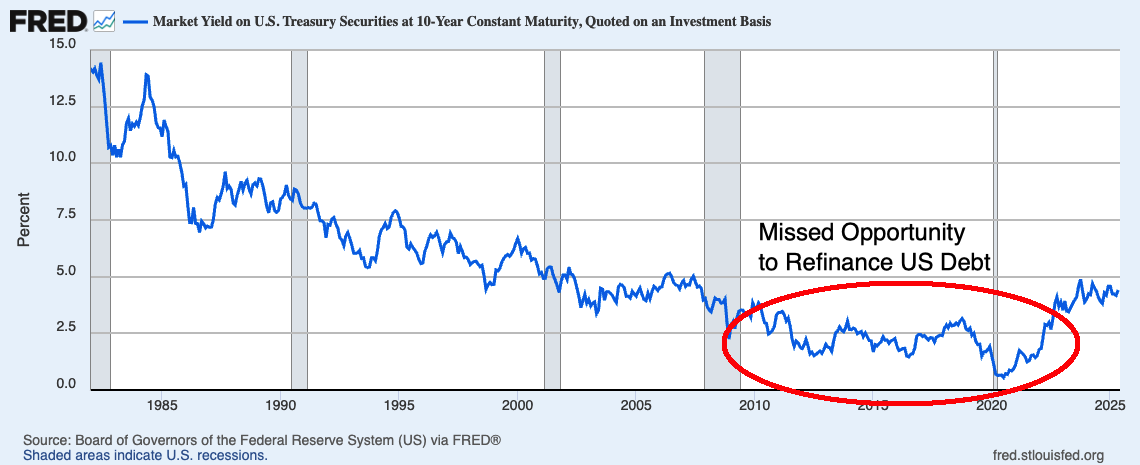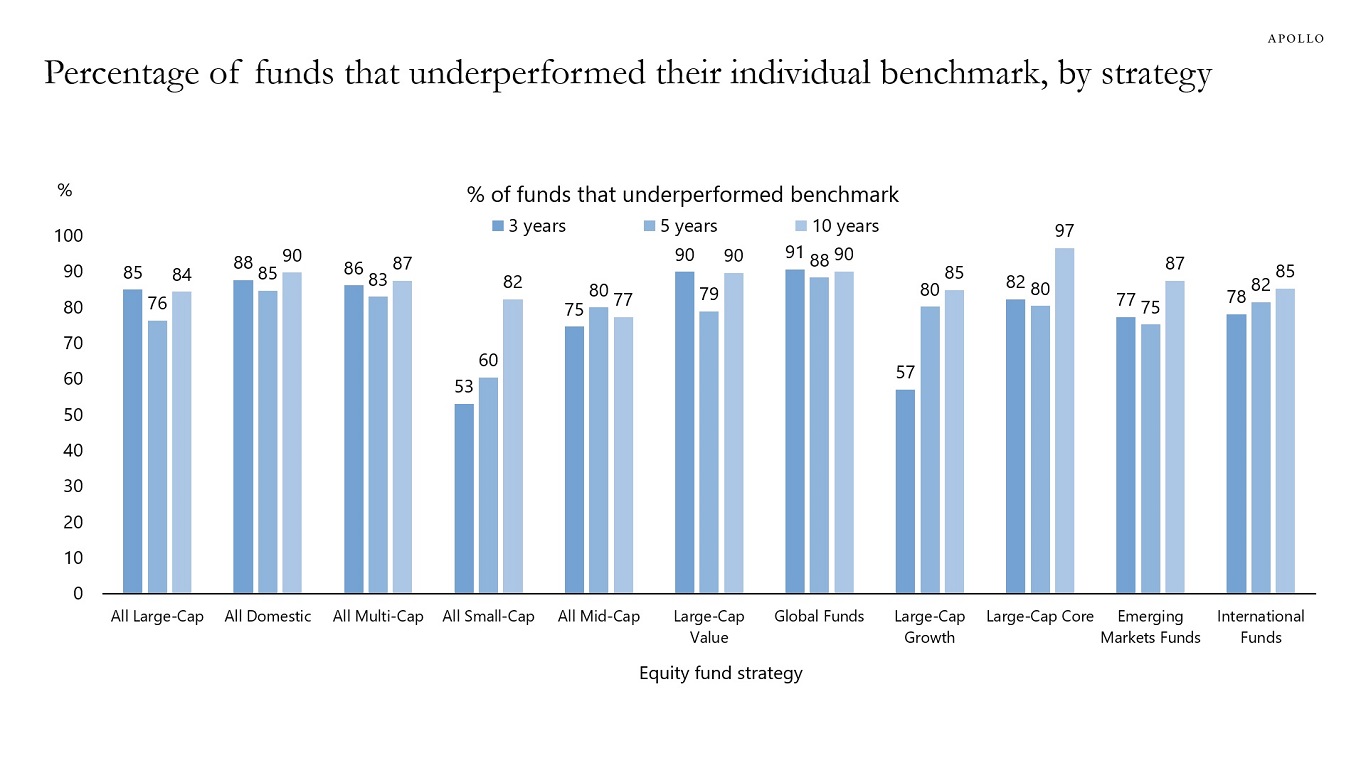I have a Roth IRA and a trust. Will a nursing home be able to access my savings?
Not everyone thinks of nursing home expenses when they are saving up for retirement. However, it’s a big cost that can catch many people by surprise. One person has a Roth IRA and a trust lined up for nursing home expenses. It’s good to prepare for those types of costs while staying healthy, so you […] The post I have a Roth IRA and a trust. Will a nursing home be able to access my savings? appeared first on 24/7 Wall St..

Not everyone thinks of nursing home expenses when they are saving up for retirement. However, it’s a big cost that can catch many people by surprise. One person has a Roth IRA and a trust lined up for nursing home expenses. It’s good to prepare for those types of costs while staying healthy, so you minimize the likelihood of incurring those costs.
Luckily, nursing homes cannot directly access your savings. They can dig deeper and press charges if you don’t make payments, but they aren’t allowed to withdraw money from any of your savings accounts or retirement accounts. However, there are a few important details you should consider about nursing home expenses when setting long-term financial goals.
Key Points
-
Nursing homes cannot access your savings accounts or retirement accounts, but they are expensive.
-
Planning for this expense with the right insurance policy and building your nest egg will put you in a better position.
-
Are you ahead, or behind on retirement? SmartAsset’s free tool can match you with a financial advisor in minutes to help you answer that today. Each advisor has been carefully vetted, and must act in your best interests. Don’t waste another minute; get started by clicking here.(Sponsor)
Long-Term Care Can Get Expensive

Long-term care can be more expensive than a college education, depending on how you approach it. A private room can cost more than $10,000 per month, while you can save money with a semi-private inuring home setup. Having a home care provider visiting your house instead of going to a nursing home will also save a lot of money.
Regardless of which path you take, long-term care represents a significant expense on top of other costs. You should look at long-term care costs in your area and plan for this additional expense when creating your budget and gauging how much you need in your nest egg.
Options To Cover Long-Term Care Costs

Paying out-of-pocket is the most expensive way to cover long-term care costs, but it is an option for some people. However, you might save money if you use private insurance or Medicaid instead. Private insurance policies can cap how much you pay, but some insurance policies also have limits on how much they will cover.
Medicaid is another viable option, but it has strict income and asset limits. Although Medicaid will cover the entire cost, it’s for people who have less than enough assets to cover basic expenses. The asset limits differ for each state, but if you have $50,000 in assets, that’s too much whether you are single or married.
Planning For Long-Term Care

Dedicated long-term care insurance is one of the best ways to afford long-term care. The price of this insurance policy will go up as you age, but it can be a valuable resource.
Having an idea of which insurance policy you want and continuing to save money can put you in a better position if long-term care ever becomes a requirement. It’s good to monitor how long-term care costs change each year so you can assess how much you have to grow your savings in order to cover this expense.
Downsizing may be another good option once you retire. Not only will this help with long-term care, but lower monthly expenses will give your money additional mileage when you start tapping into your nest egg.
When you are planning for retirement, always keep the 4% withdrawal rule in mind. If you can withdraw 4% of your portfolio each year and use all of those funds to cover your living expenses, you are in good shape. If you know your annual living expenses, you can multiply that number by 25 to determine how large your portfolio should be to stick with the 4% withdrawal rule. For instance, if you spend $50,000 per year, you should have a $1.25 million portfolio if you want to stick with the 4% withdrawal rule.
The post I have a Roth IRA and a trust. Will a nursing home be able to access my savings? appeared first on 24/7 Wall St..










































































































































































